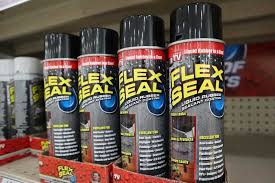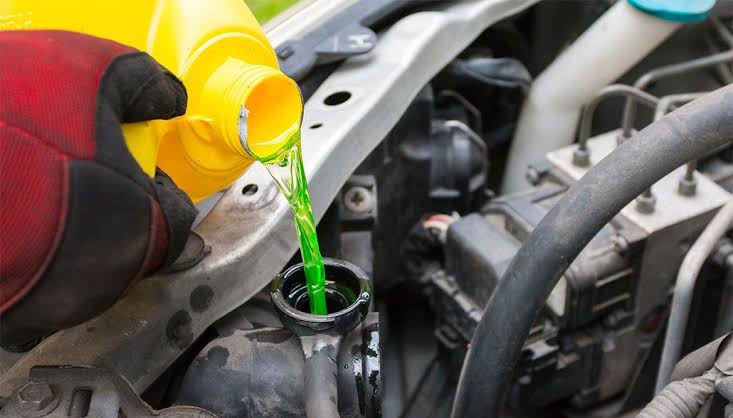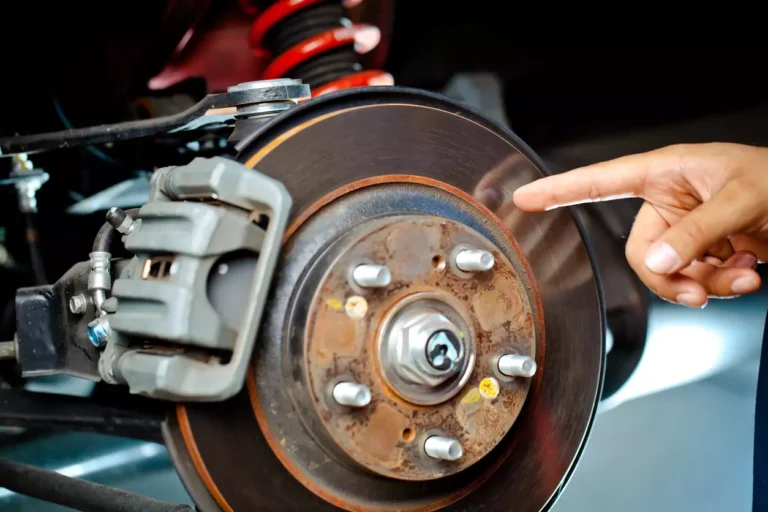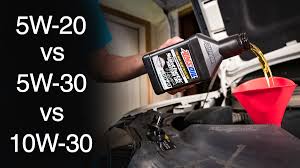Does Coolant Go Bad In The Bottle

Yes, coolant can go bad in the bottle, but it depends on a few key factors like storage conditions, seal integrity, and whether it has been opened.
🧊 Does Coolant Go Bad In The Bottle?
✅ Unopened Coolant
Unopened bottles of coolant (also known as antifreeze) can last 3 to 5 years, sometimes longer, depending on the brand and chemical formulation. As long as the seal is intact and the bottle is stored in a cool, dry place away from direct sunlight, the coolant should remain stable and effective.
⚠️ Opened Coolant
Once opened, coolant is more prone to contamination from moisture or air. It’s best to use opened coolant within 1 to 2 years. Be sure to keep the cap tightly sealed and store it in a stable environment.
🔍 Signs Your Coolant May Be Bad
- Discoloration (brown, cloudy, or rusty)
- Separation of liquid or sludge formation
- Sour or off smell
- Particles or debris floating in the bottle
If you notice any of these signs, don’t use the coolant—it could harm your vehicle’s cooling system.
💡 Pro Tip
Always check the expiration date on the bottle. Even if it looks fine, if it’s several years old or the bottle has been open a long time, it’s safer to buy a new one. Using bad coolant can lead to corrosion, overheating, and expensive engine damage.
✅ Summary
| Condition | Shelf Life |
|---|---|
| Unopened | 3–5+ years |
| Opened | 1–2 years |
🧰 FAQs
Q: Can you mix old and new coolant?
A: It’s not recommended, especially if they’re different types (like ethylene glycol vs. propylene glycol or OAT vs. IAT). Always match the coolant type.
Q: Is cloudy coolant still safe to use?
A: No. Cloudy or murky coolant is a sign it has gone bad or is contaminated.
Q: Does temperature affect coolant shelf life?
A: Yes. Extreme heat or cold can degrade the chemical composition over time, especially if the seal is broken.
If you’re unsure, it’s always better to replace the bottle than risk damage to your vehicle’s cooling system.





